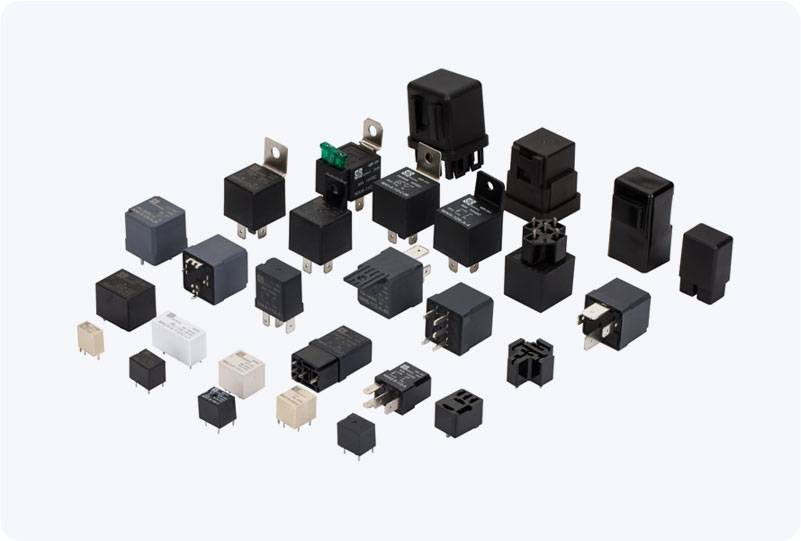High Current Relays (HCRs) are essential components in modern electrical systems, enabling the control of high power circuits with ease and efficiency. Whether it’s in industrial automation, automotive systems, or power distribution networks, these relays are instrumental in providing safe, reliable, and precise control over large electrical loads. In this article, we explore the key features, functions, and applications of High Current Relays, shedding light on their importance and relevance in today’s technological landscape.

What is a High Current Relay? A High Current Relay is a type of electromagnetic relay specifically designed to handle high electrical currents, typically ranging from tens to hundreds of amperes. Unlike standard relays that are used in low-power circuits, HCRs are built to withstand the stresses associated with high-voltage and high-current operations. They are used to control electrical circuits, allowing a low-power control signal to switch a high-power load on or off without the need for direct human intervention or manual switching. Key Features of High Current Relays High Current Handling: The primary characteristic of High Current Relays is their ability to handle significantly higher current loads compared to standard relays. These relays are specifically designed to carry current ratings that can range anywhere from 10 A to several hundred amperes, depending on the application.